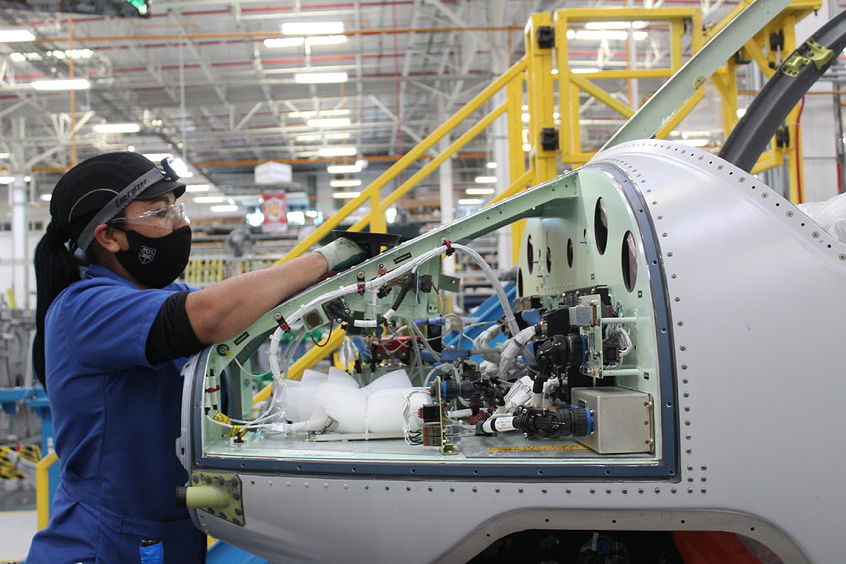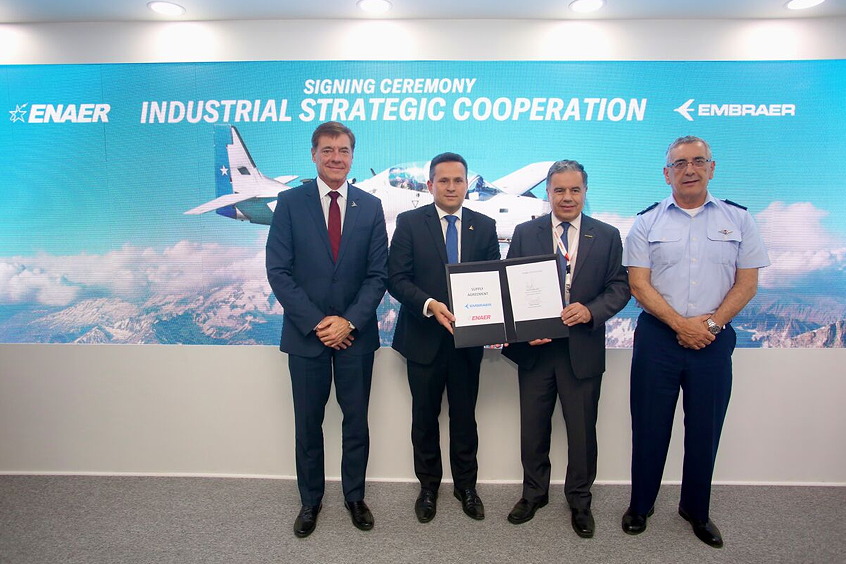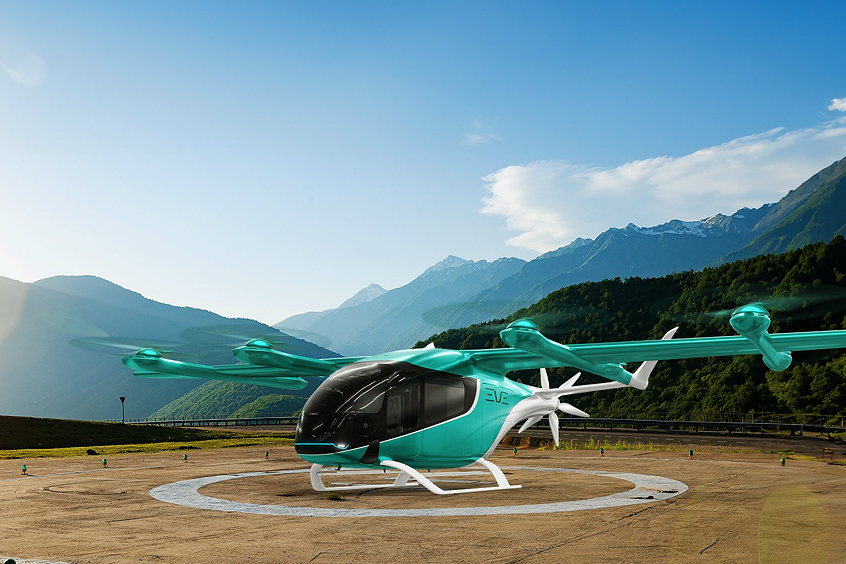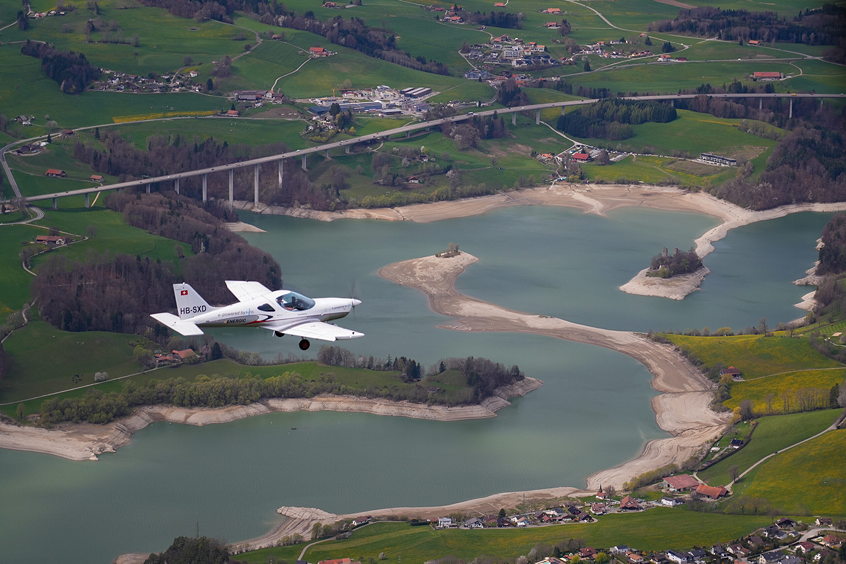It is now definite that Volvo Aero will play a vital role in Clean Sky, the largest EU project to date in the aerospace field. Volvo Aero has received a role in the subprojects regarding open-rotor engines, which could reduce fuel consumption by 15 to 20%.
The agreement was signed on January 14th and Volvo Aero has thereby secured an important role in Clean Sky. The project is part of the EU's research efforts to develop aircraft engines that utilize less fuel and thereby generate fewer emissions than existing engines. The primary objective of Clean Sky is to develop and test the new engine and component technologies, so that they are sufficiently "mature" to be tested in commercial aircraft engines.
The term "open rotor" or "propfan" derives from the fact that the fan is unducted outside the engine casing. The engine, a cross between a turboprop and a turbofan, will be used primarily in aircraft with at least 100 seats, where turbofan engines are currently being used. In open rotor engines, the diameter will increase to more than double the existing diameter, allowing the engine to work with a larger airflow, regardless of aircraft speed. This means that the energy will be utilized more efficiently, while reducing fuel consumption.
On a medium-range aircraft, 12-20% of the fuel can be saved using this technology. Add to this the 10-15% improvement that can be generated from a newly-developed conventional aircraft. According to industrial analysts, the next decade is not likely to produce any other technology to generate an equally large improvement as this.
The drawback with the open-rotor technology is the noise, since the engine fan is not encased. This is an area in which engineers will now have to focus.
Open rotor is actually not a new concept. In the 1980s, such engines were developed when oil prices rose to USD 40 per barrel. When the oil price later dropped dramatically, plans were shelved. The time is now ripe to reintroduce the concept and develop it further. Aircraft with open-rotor engines can be in traffic by the end of the decade.
The EU's Open Rotor subproject is led by Rolls-Royce and Snecma. In addition to Open Rotor, there will also be a demonstration of a geared turbofan engine in Clean Sky, under the direction of MTU. This engine also generates less fuel consumption, but primarily much less noise.
Volvo Aero will be participating in both subprojects with its lightweight technology within complex load-bearing structures and rotors. Volvo Aero will invest a total of nearly SEK 100 M in Clean Sky. The EU will contribute an equal amount. The project is also receiving national Swedish funding from Vinnova through the National Swedish Aeronauctics Demonstrator program (FLUD). Clean Sky is expected to be completed in 2014.
| Contact details from our directory: | |
| Rolls-Royce plc Civil Aerospace | Turbofan Engines, Additive Manufacturing, Ceramic |
| Safran Aircraft Engines | Turbofan Engines, Turbine Engine Blades |
| GKN Aerospace Engine Systems | Compressors, Shafts & Shaft Assemblies, Combustion Chambers, Engine Nozzles, Engine Housings, Engine Parts, Turbofan Engines, Exhaust Systems |
| Related directory sectors: |
| Engines |
| Engine Components |
Weekly news by email:
See the latest Bulletin, and sign up free‑of‑charge for future editions.

Bell Mexico delivers 800th commercial aircraft cabin

Chile's ENAER expands cooperation with Embraer

Eve names KAI as supplier for eVTOL pylons
